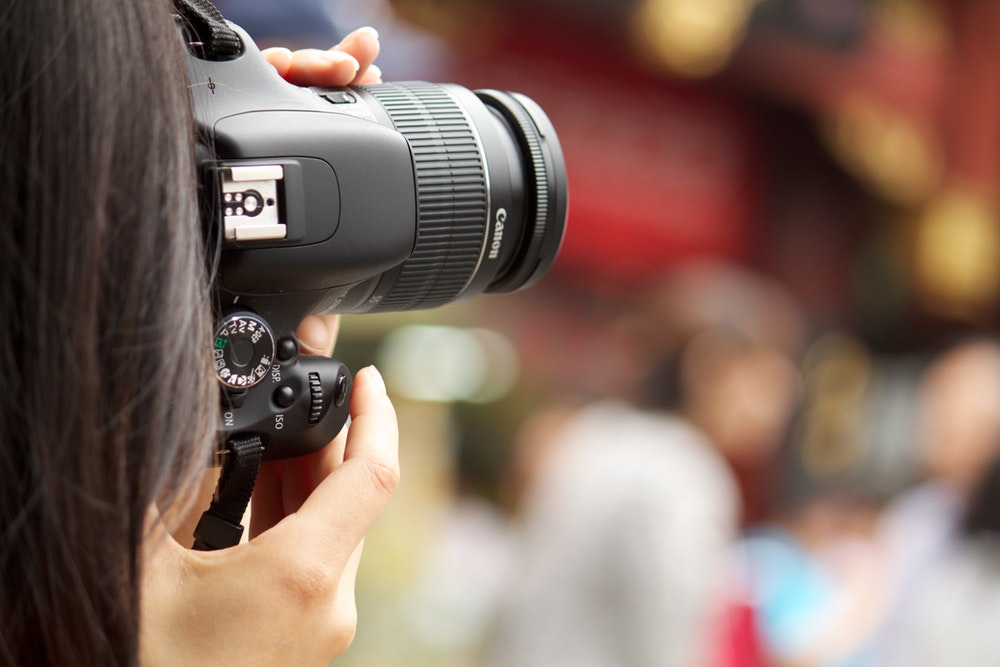Alfred Stieglitz is regarded as one of the most accomplished photographers of his time. Though his name is not common in households, it would have definitely been a different story if there were photography sites in his period. The only they could share photos on that day and day were as print. Early Life. Alfred Stieglitz was born on the 1st of January in the year 1864 in Hoboken, a town in the US state of New Jersey. He was the son of Edward Stieglitz, a German, who immigrated to the United States in the year 1849. Edward Stieglitz was a wealthy cloth businessman in the States at the time. It is arguably accepted that Alfred Stieglitz became the successful photographer he was because of his father's rich business. Education & Early photography. Alfred was initially enrolled to study an engineering course in the Technische Hochschule, a University in Berlin. But He had little interest in engineering and instead spent a lot of time with Hermann Vogel, a great photochemist, learning about the photography camera. As fate would have it, he became to consider photography as a career at this time. He committed himself to photography after his extensive studies with Mr Vogel. Though he was committed to photography, that didn't dampen his spirit of young age, you could still see him in cafés, and on the racetrack. He was particularly interested in the opera and would often visit the theatre to see the opera. In the year 1890, he returned to The United States of America and started quite the photography revolution. Though there were no proper photography courses at the time, he felt it was his duty to advocate other people the beauty of clicking pictures. After his stint of photography in Berlin, he was convinced that photography should be considered as a 'fine art' just like any other form of art such as painting or sketching. Unfortunately, photographs during that time were only circulated as photography prints in magazines and newspapers. He became an important figure for advocating that photography is a fine art in the United States. At this time, the movement gained immense popularity in the global sphere as well. Photography services were pretty dim at the time considering the scarcity of good photographers and also the cost that printing would add. Unlike today, they could not see photographs on screens. They had to print it out in order to view it. Later in Life. In the year 1902, Stieglitz announced the formation of a new organization called the “Photo-Secession”. It was designed to break away from the conventional ideas of photography that most people at the time had. This organization spanned to several countries and its members all had one thing in common, their love of photography. Perhaps what brought these people together was the fact that people did not consider photography an art and continued to dismiss photographers. After coming to New York City, With the help of his father’s influence and immense wealth, Stieglitz became the owner of the “fledgling Photochrome Engraving Company”. In no time he was also made co-editor of “The American Amateur Photographer”, which solidified his position in the still-niche photography world. Though there was a lack of proper photography schools at the time, Stieglitz found it his passion to advocate the art form that he considered the essence of photography. to promote his goals and the goals of the Photo-Secession, Stieglitz introduced a quarterly publication called “Camera Work”. In January of 1903, it’s the first issue was published. He published a total of 50 issues of the magazine before he stopped publication in the year 1917. His style. Most of Alfred Stieglitz’s photographs were of the lives of ordinary people. Though he also captured a lot of other types, his influence in what we regard today as “urban photography" was unparalleled at the time. Some of his most famous photographs are of urban landscapes and people going over their daily lives. He is known for his best works titled “The Terminal” (captured in 1893), “Spring Showers, The Coach” (Captured in 1902), “The Hand of Man” (captured in the year 1902), “Winter” (Captured in 1893). Though he had only black and white cameras at the time, the effects that these pictures are truly a work of art. At the time when the arts, including photography, were stuck in the past and unwilling to change. Alfred Stieglitz piloted the ‘art of photography’ into a new type of expression. Because of this, he is known by many as "the father of modern photography."
Alfred Stieglitz – The Famous Modern Art Photographer


